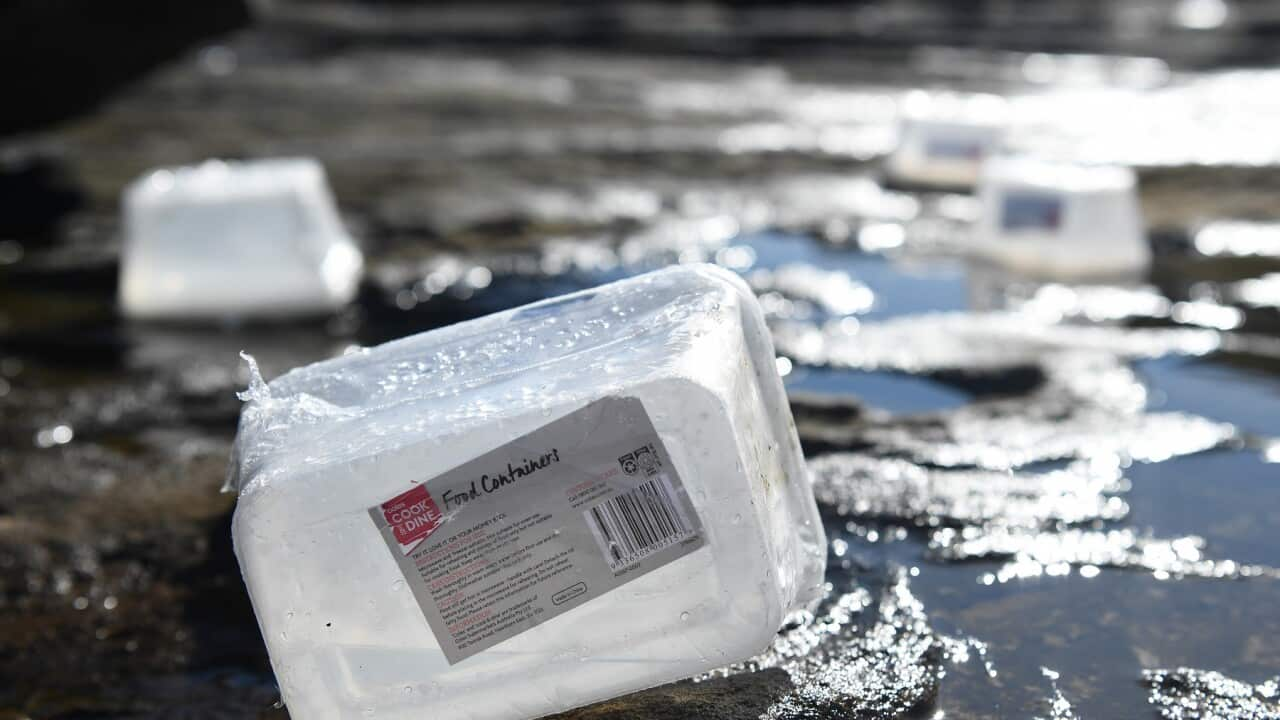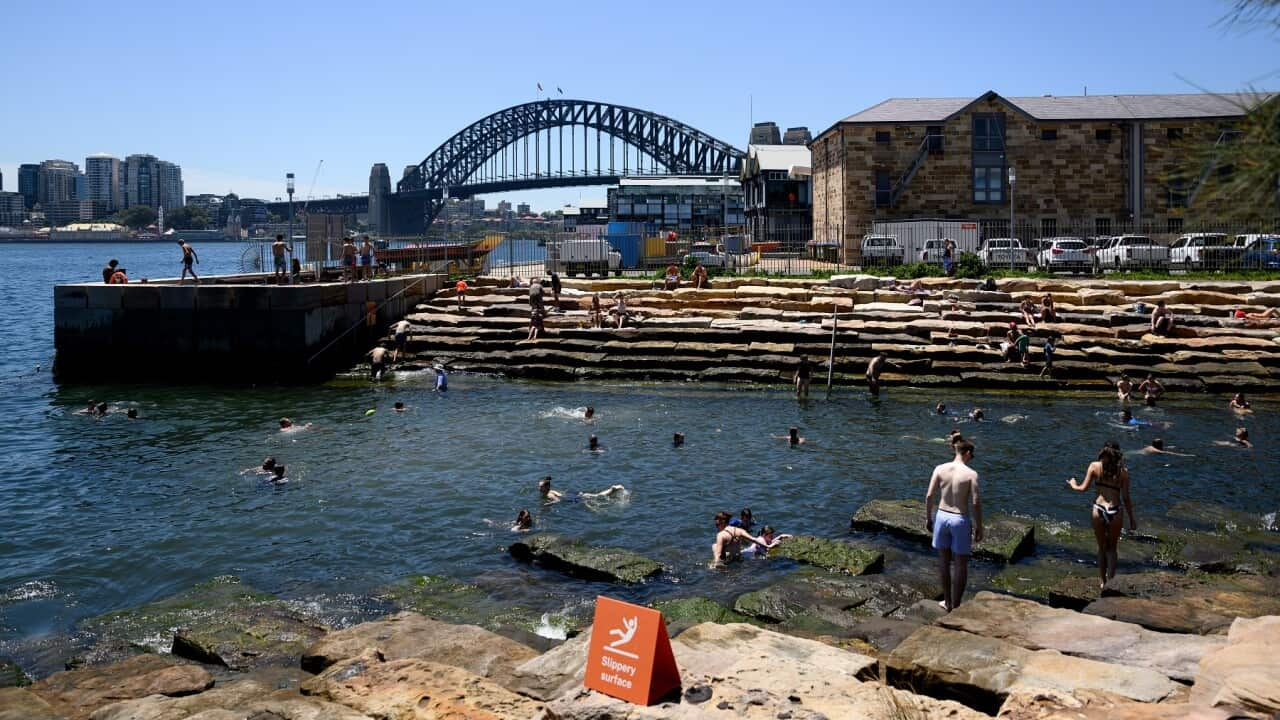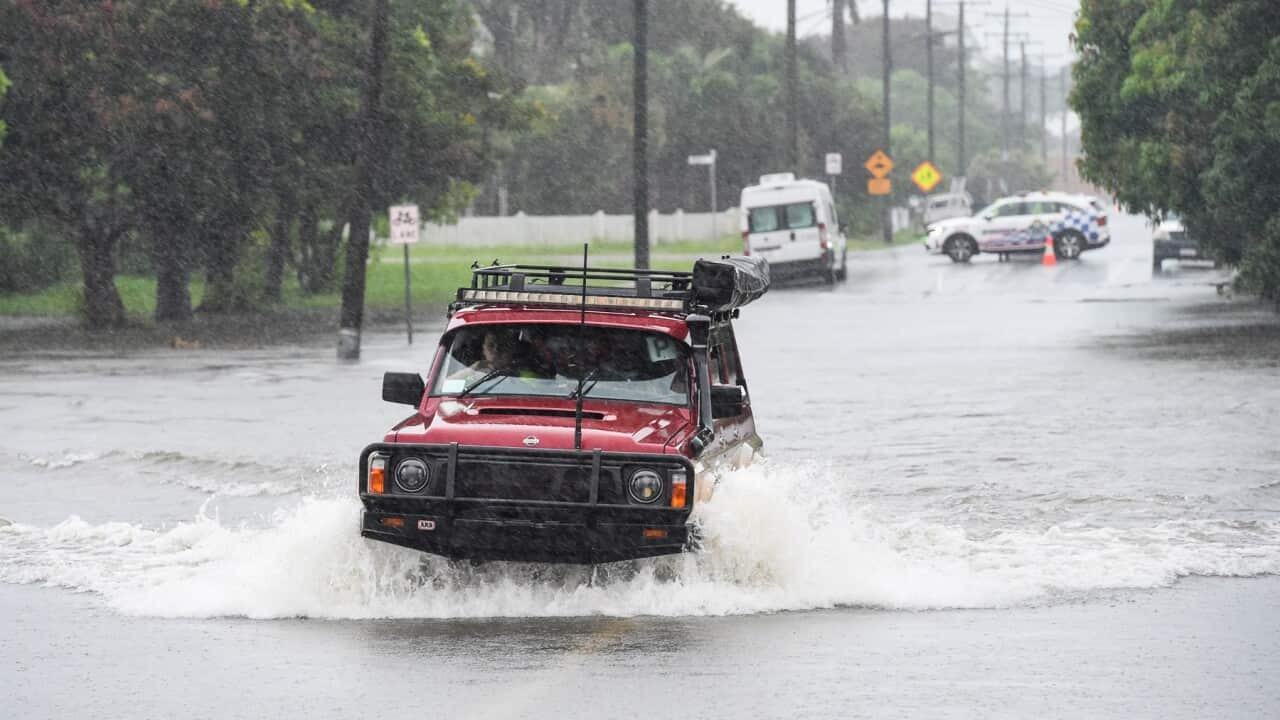TRANSCRIPT:
Plastic pollution is rapidly increasing around the globe.
But when it comes to Australia's beaches, there is some good news.
Dr Britta Denise Hardesty is one of a group of researchers from Australia's national science agency who are analysing plastic pollution across Australia's coastline.
"The big message is that we're doing so much better as a country, so overall we've seen around a 39 per cent decrease in coastal litter all around Australia."
That optimism is based on a new study from Australia’s national science agency, the CSIRO, and published in the Marine Pollution Bulletin.
The researchers surveyed inland, riverine, and coastal habitats around six metropolitan regions across Australia.
They observed less plastic pollution in the coastal environment in Newcastle, Perth, and the Sunshine Coast - but increases were seen in Hobart and Port Augusta, which researchers say is connected to local recycling policies.
Dr Hardesty says the amount of debris was typically higher in areas with intensive land use, such as urban and agricultural zones, as well as in socio-economically disadvantaged regions.
"We found around one piece of trash for every four or five steps that someone takes along the beach and that's a substantial decrease than what was found nearly ten years ago when we undertook similar work."
The research has also looked at what items were found in each part of Australia.
Overall, polystyrene and cigarette butts were the most common, followed by food wrappers and bottle caps.
The World Health Organisation says up to 4.5 trillion cigarette butts are littered globally each year.
Shannon Mead is the founder of No More Butts, a charity aiming to rid the world of tobacco waste.
"A lot of people don't associate it with being litter so whether they think it's biodegradable, or it's so small that they don't think it'll actually make a difference but when you accumulate that and by count it is generally the most littered item."
Cip Hamilton is the plastics campaign manager at the Australian Marine Conservation Society.
Cip says the study results show there is much more work to be done.
"Any decrease in plastics is really great news, it's really welcome to see. But unfortunately plastic pollution is still decimating our environment. It's harming our marine life and there's estimated to be over 250 kilograms a minute of plastics leaking into Australia's environment. That's a huge amount and demonstrates that there's a lot more work that needs to be done."
The researchers hope the study will be used as a benchmark for evaluating future policies and practices.
Advocates like Shannon Mead agree, saying the problems need to be addressed with targeted policy measures.
That's because other initiatives like container deposit schemes are proving to be an effective way of reducing plastic pollution, decreasing the number of drink containers in the environment by 40 per cent.
Dr Hardesty says community action is making a difference too.
"I'm hearing and seeing so much more of what we call local custodianship. People are invested in their communities, they're looking after the environment, people are picking up trash and litter and debris when and where they find it. And I think that's coming from increased awareness about the issue and the problems and the harm caused by plastic pollution in the environment













